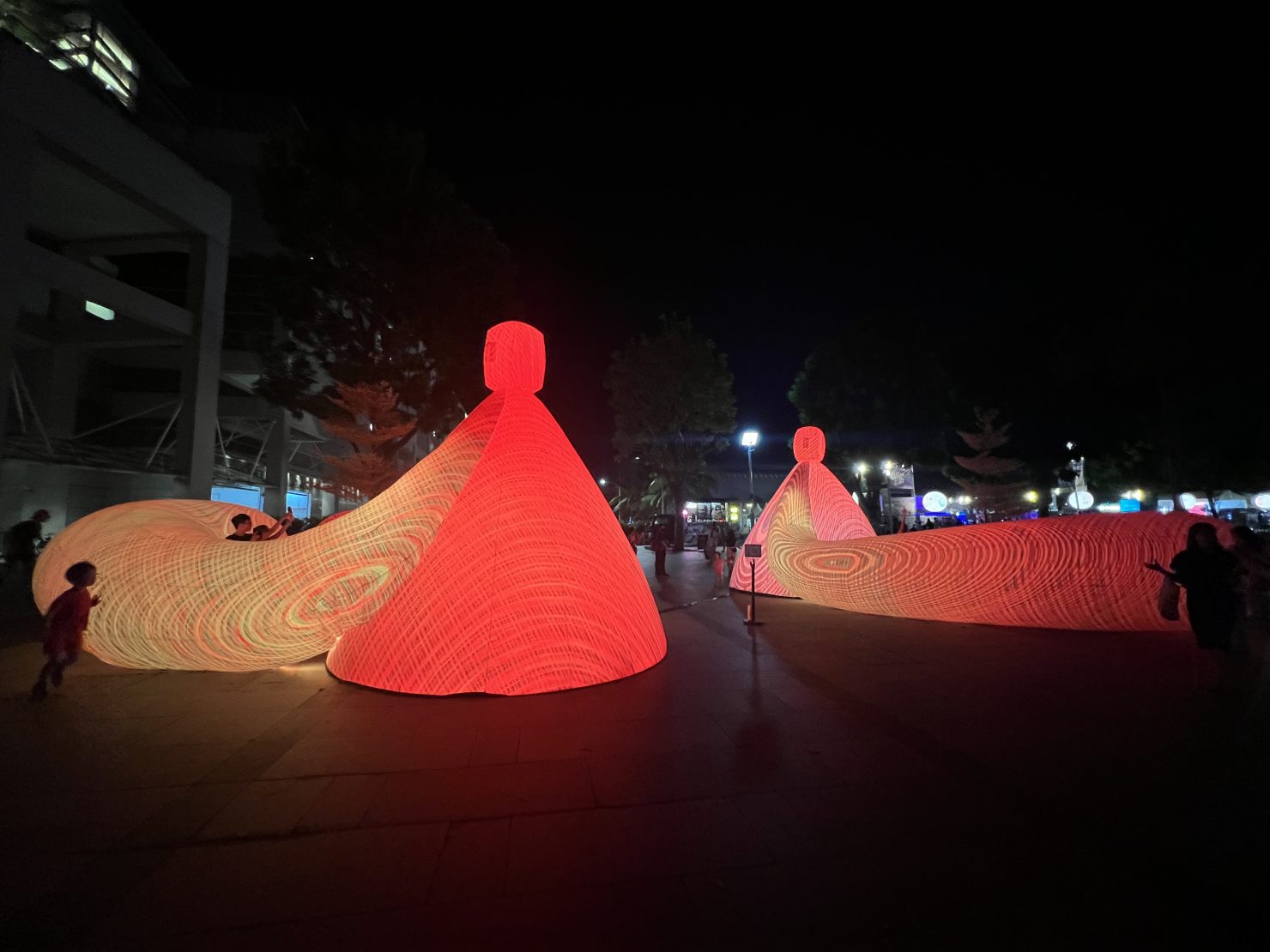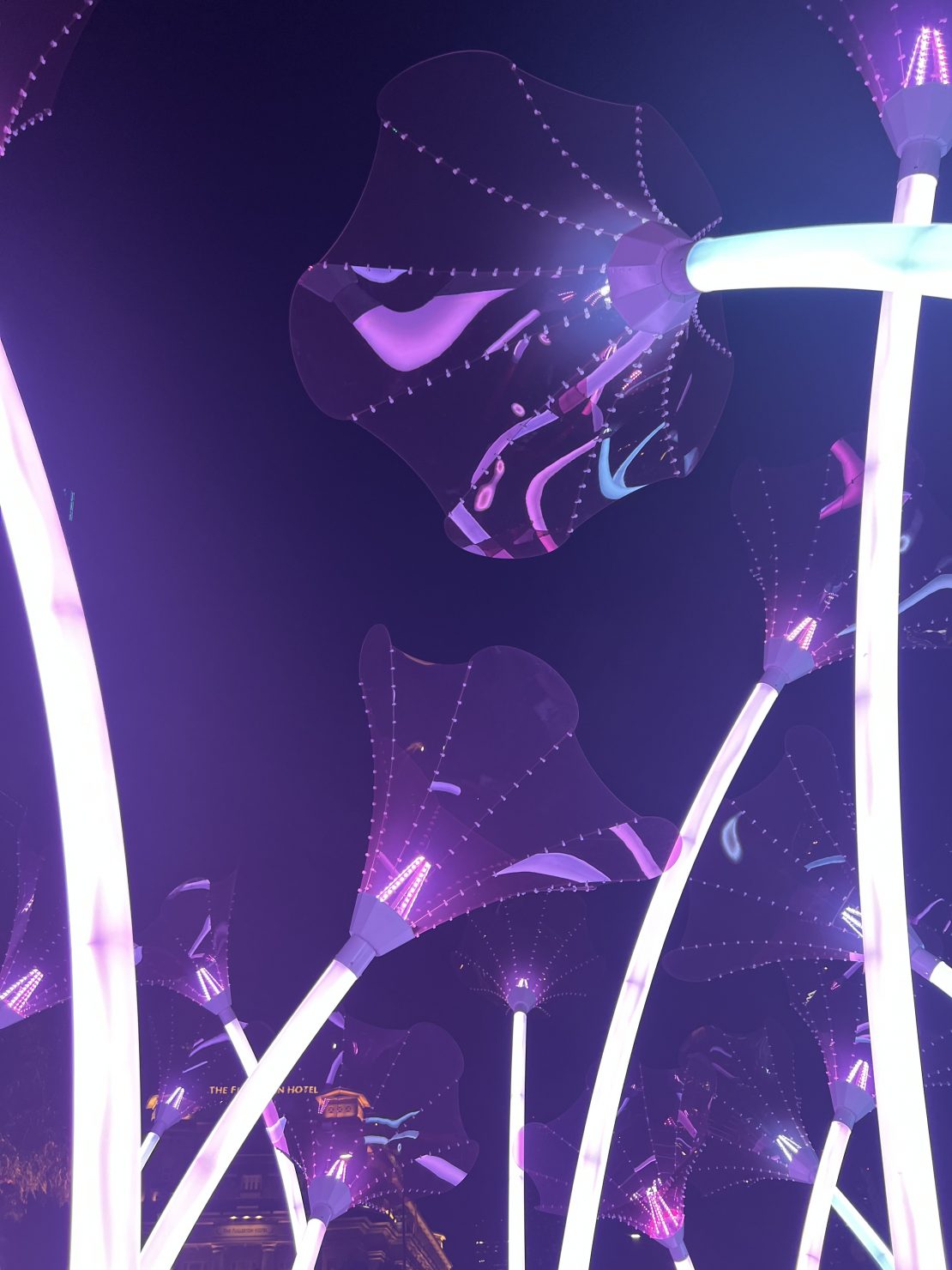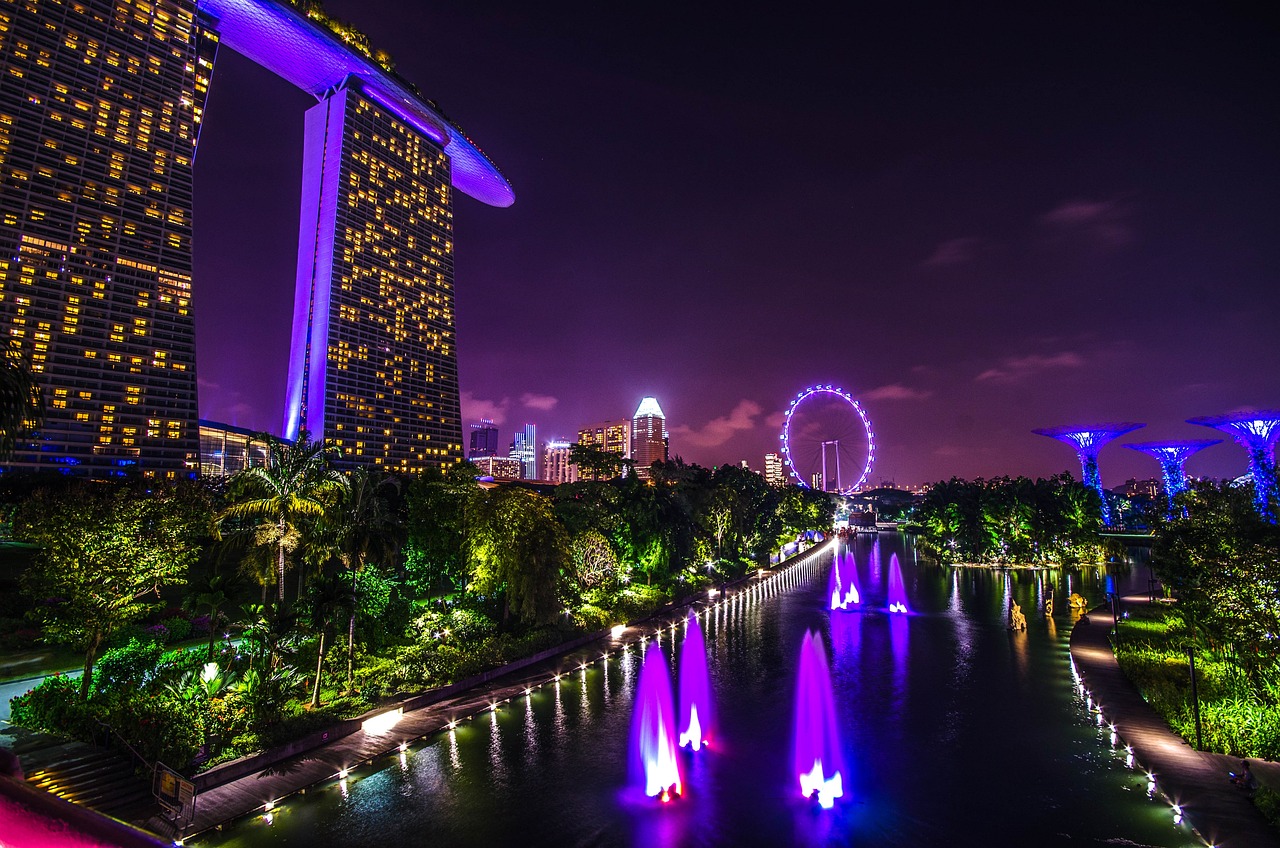A New Wave
It was great to see iLight successfully bringing people together at the world renowned Marina Bay Sands Waterfront Promenade once again this June. It was an impressive backdrop to this year’s three week festival presented by DBS and URA.
With installations being free and accessible across the bay, people of all ages and backgrounds flocked to engage and be entertained by the light art. The theme for this year was ‘A New Wave’ and each commission was to depict light as a wave, one that expands and radiates in all directions. Artists were to consider the colour blue and how it is linked to and can induce differing emotion.
As a lighting designer, it is always rewarding to see how light as a medium, both visually, and physically, and through different materials, can influence public engagement. And so I ventured down to Marina Bay Sands to check out some of the light installations and see how the public interacted with light for myself.
Two of my personal favourites were ‘Tree Man’ and ‘Flower Trumpet’ – they were both larger than life, dramatised by projections of colour that sparked pure joy in visitors.

‘Tree Man’ by Eness, like a lot of their work, consisted of animated blow-up characters with changing images projected onto the inflatables. The arms were disproportionally larger than their bodies and were depicted so to reflect our heavy use of technology as a society. They were purposefully located beside trees to encourage us to reflect on our digital usage and detachment from nature – will we ever find balance between the two worlds?
Sometimes it is nice to take a step back from all of the possibilities that we have as a result of that digital world and rekindle the importance of the tangible. This is also why I loved ‘Flower Trumpet’ – it was a creative, yet meaningful installation that allowed the public to appreciate art that you can physically interact with.

‘Flower Trumpet’ had a simple aim – to encourage fun. It didn’t require extensive study to understand its purpose and it did not discriminate in terms of who was able to join in! The installation had music playing and buttons that people were invited to push to trigger colour changing light: it was completely immersive. The amusement the installation created made everyone put their phones down and dance the night away.
Projections made an expected appearance to generate that ‘wow’ factor but I find this an overused technique that doesn’t necessarily create an out of the ordinary experience. Understandably with festivals such as this there are always budget and time constraints, and projecting light onto buildings is a failsafe way to create large-scale and often beautifully transformative art. However, I now find these installations to be unimaginative, employing intangible elements as a quick and easy response that doesn’t require much thought, as a result, they often fall short when it comes to generating enthusiasm and engagement, or addressing the themes and issues at hand.
I personally found the art pieces that had simple messaging and a physical dimension particularly engaging and as a result more successful with the public. I was able to observe crowds gathering around to play and interact with light in a way that isn’t often seen – it was inspiring. Those that did not offer an experience at a human-scale, unfortunately experienced the opposite, they were either missed or were especially underwhelming.
Festivals such as iLight, and we as lighting designers, should continually work to find that sweet spot between the tangible and intangible when it comes to encouraging interaction with light in the public realm. As we break away from our learned habits of staying indoors as a result of the pandemic, it is nice to see that a festival of light can bring the local community together in such a simple way, inspiring conversations and helping in developing design processes for our future.


